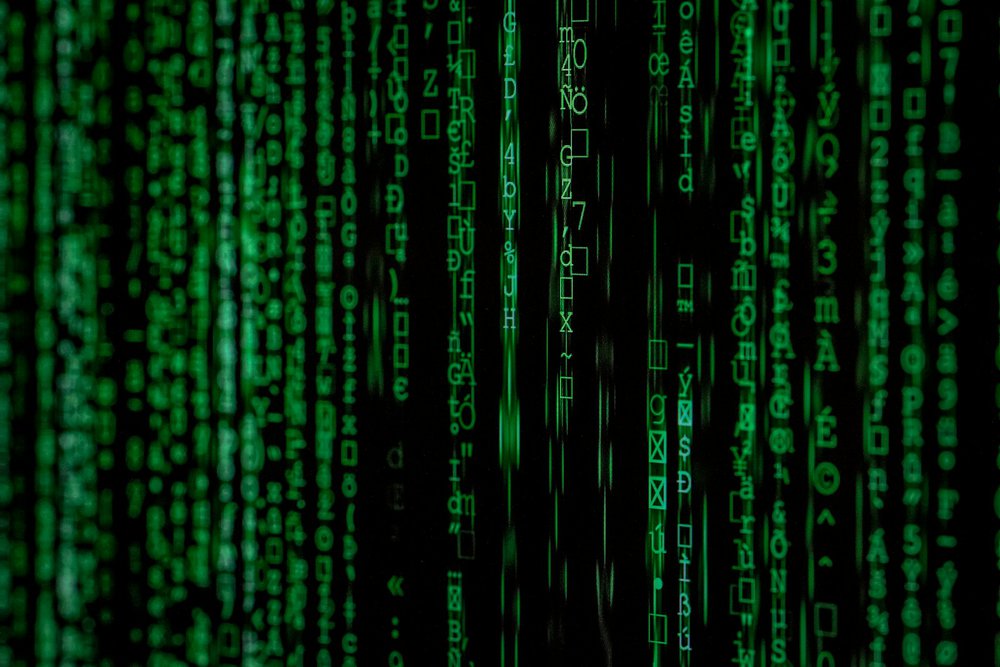![]()
When it comes to exploration and extra-terrestrial life, one of our biggest hindrances is how to investigate extra-terrestrial objects without risking contamination with Earthly matter. A perfect example is the presence of perchlorates (naturally occurring salts) in soil samples taken from Viking 1, a Mars vehicle, which landed on the Red Planet in 1976. This led scientists to believe that soil samples were contaminated, and voided the possibility of life on Mars. Three decades on, in 2008, the same chemicals were found in a completely uncontaminated sample taken by another Mars rover named Phoenix, spurring scientists to reassess their original findings.
In December of last year, a meteor shower occurred over Sri Lanka. Remains of one of the meteorites, which were apparently discovered near the village of Polonnaruwa, were sent to a laboratory to be studied. The Journal of Cosmology (a relatively fringey strain of online Science Journal) published a detailed paper on the findings earlier this month, entitled: “Fossil diatoms in a new carbonaceous meteorite”. The leading writer of this paper, Dr. Chandra Wickramasinghe, is head of the Buckingham Centre for Astrobiology at the University of Buckingham. He and his colleagues wrote that their findings “could be construed as unequivocal proof of [extra-terrestrial] biology.”
Above: The Polonnaruwameteor
According to the paper, after extensive examination using an electron microscope, fossilised diatoms (a kind of algae) were found on these meteorite fragments. Fossilisation indicates that these diatoms cannot physically be a result of Earthly contamination. Diatoms are one of the most commonly found types of phytoplankton. They habitually form huge colonies, and as a key producer in the food chain, a discovery of extra-terrestrial diatoms would not only prove life exists in the solar system, but that it is a common occurrence.
However, afore-mentioned Dr. Wickramasinghe is apparently notorious for his unconventional beliefs. Alongside his mentor, the late Sir Fred Hoyle, Wickramasinghe aided the development of panspermia; the theory that life itself has existed eternally and evolved somewhere in the great unknown, before being transported from planet to planet via asteroids and comets. Panspermia is actually more plausible than it sounds, but Wickramasinghe’s adamance that things like the flu and SARS viruses also come from space quickly enable readers to understand why some may consider Wickramasinghe biased towards extra-terrestrial anything. Not to mention the fact that these findings, if broadly accepted, would directly validate his own theories about panspermia. He writes: “Since this meteorite is considered to be an extinct cometary fragment, the idea of microbial life carried within comets and the theory of cometary panspermia is thus vindicated.”
Above: The fossiled diatom
Things get progressively more questionable when one particularly skeptical astronomer (Phil Plait, in an article forSlatemagazine) who apparently nurtures an on-going feud withThe Journal of Cosmology, was so enthusiastic in his efforts to thwart these conspiracy theorists in lab coats, that he sent the paper to Patrick Kociolek, a professor of ecology and evolutionary biology at the University of Colorado. Kociolek made a number of severe blows to the paper, most catastrophic of which involved pointing out that there was “not any sign” of these diatoms being fossilised at all. He continues to note that all diatoms match those from known, Earth-bound species. Plait washes his hands of the matter by delivering the final bombshell: how are they even sure that this particular fragment of rock is from the meteor shower in question? Wickramasinghe and co. have left a sizeable hole in their research, where, aside from a scientifically vague chemical analysis, they provide no definitive proof that they’re studying a meteorite. Dr. Wickramasinghe claims to possess currently unpublished evidence that this object is non-terrestrial, but the question is begged: why was this not included in the original paper?
Excerpt from –



